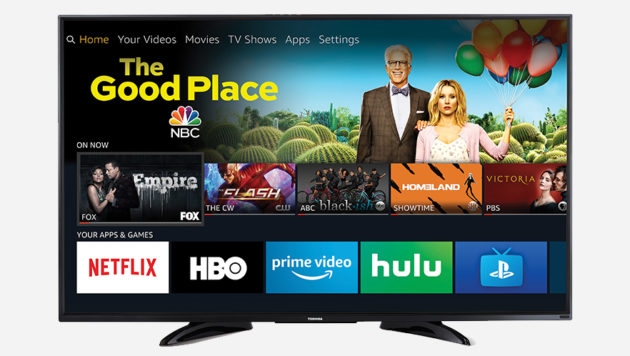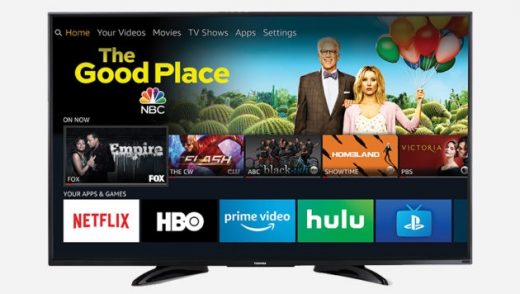The Suicide Of Ad-Supported Television
The Suicide Of Ad-Supported Television

Many business pundits talk of the inevitable death of television advertising, or the end of ad-supported programs. Well, if they die, it will be from self-inflicted wounds. The advertising business claims to employ teams of communications geniuses, but to judge them by their decisions, they are idiots.
Let me explain.
Everyone complains about advertising clutter. To state the obvious, the amount of time devoted to TV advertising breaks per hour has more than doubled over the last three decades, while the number of messages per minute has also increased. This drives people away from commercial-supported vehicles, while reducing all commercials’ effectiveness with their shrinking audiences.
The suggestions made to handle the problem have ranged from a return to sponsored programs, product placement within programs, or a public-stated offer by a traffic manager to charge more per spot in exchange for fewer commercial minutes per hour.
As they do with every other problem of commercial effectiveness, advertising people assert that more creative advertising is the solution. In a way they are correct, but only if “more creative advertising” means something different from what they usually think it means. The most entertaining, maybe-award-winning commercials quickly become equally obnoxious incentives for audience avoidance under current media management decisions.
Do this simple test. Watch an ad-supported program on a network app, or in real time during a broadcast. If you ask any audience group about their experience, they’ll usually start by saying they saw the same commercials over and over and over again within the same program.
It’s worse online than during broadcasts, which increases audience frustration exponentially due to the more limited options for ad avoidance. During streaming programs, identical commercials might run four times or more, inexplicably including promotions for what audiences are watching. Sometimes, a single commercial runs more than once within the same break. A collection of shorter videos on a news site might all start with the same identical spot.
Obviously, traffic managers share the blame for this, since they determine when specific messages are scheduled to run. Yet the limited variety of commercials produced guarantees audiences’ negative reactions and their program avoidance.
Once upon a time, not so long ago nor far away, a regional business bragged to its advertising consultant about having grabbed exclusive TV sponsorship for the state’s high school basketball championship tournament. The consultant logically asked how much was budgeted for new commercials. When told that the advertiser planned to use the four commercials currently running, the consultant said, “If you run only those messages for every sponsor announcement, you’ll be losing customers by the time the tournament ends.”
The need for “more creative advertising” means spending more of the budget to produce a larger number and wider variety of messages. At the same time, traffic managers need to reduce message repetitions.
In budget allocation practices barely altered since the twentieth century, consumer-focused advertisers still spend the bulk of their money on buying media time and space. For ad-supported television to survive, that ratio of media spending to message creation must change from more than 15-to-1 into somewhere closer to 1-to-1.
An often-repeated advertising textbook statement is that media and message decisions influence each other. It’s a modern professional platitude. And yet, that maxim doesn’t seem to extend beyond targeting potentially interested audiences. In the 21st century, it must also mean minimizing the number of times anyone sees the same commercial.
Advertising professionals and traffic managers lament the expected death of the business that gave them their careers — while they assist in its committing suicide.
(26)


